Crew 190 Operations Report 21th March 2018
SOL: 10
Name of person filing report: Bastien BAIX
Non-nominal systems: Two water pumps: tank-to-tank pump, interior Hab pump
Notes on non-nominal systems: tank-to-tank pump is taking significantly longer than normal (pump is used to transfer water from the exterior water tank to the interior tank). Interior pump, used to inject water into the Hab water system is making strange noises. Cause is unknown. Should we worry about it ?
Generator (hours run): Turned off at 10.40 am and turned on at … pm (not yet turned on).
Solar – SOC …% (Before generator is run at night)
Diesel – ~35%
Propane – 80%
Ethanol Free Gasoline (5 Gallon containers for ATV) – 1 ½ full jerrycans.
Water (trailer) – 0 gallons.
Water (static) – ~525 gallons
Water (third tank) – 0 gallons
Trailer to Static Pump used – NO
Water (loft) – Static to Loft Pump used – YES
Water Meter: 132 529.4
Toilet tank emptied: YES
ATV’s Used: –
Oil Added: NO
ATV Fuel Used: NO
Hours the ATVs were used today: _
Notes on ATVs: –
Deimos rover used: NO
Hours: 116.7
Beginning charge: 100%
Ending charge: –
Currently charging: YES
Sojourner rover used: ASSIGNED TO DIRECTOR
Hours:
Beginning charge:
Ending charge:
Currently charging:
Spirit rover used: YES
Hours: 26.9
Beginning charge: 100%
Ending charge: 95%
Currently charging: YES
Opportunity rover used: YES
Hours: 25,7
Beginning charge: 100%
Ending charge: 90%
Currently charging: YES
Curiosity rover used: NO
Hours: 20.4
Beginning charge: 100%
Ending charge: –
Currently charging: NO
HabCar used and why, where: –
General notes and comments: –
Summary of internet: ~ 180 Mb remaining
Summary of suits and radios: –
Summary of Hab operations: Bastien and Martin working on their experiments
Summary of GreenHab operations: Mario and Fred working on their experiments
Summary of ScienceDome operations: Ariane, Michael, Maximilien and Fred working on their experiments
Summary of RAMM operations: Sophie working on her muon detector
Questions, concerns and requests to Mission Support: –



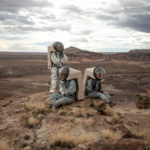

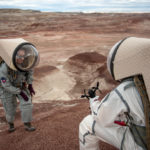

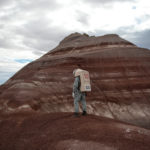
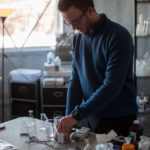
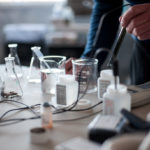
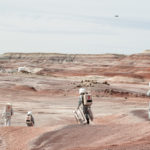
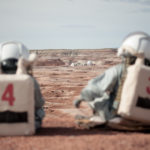
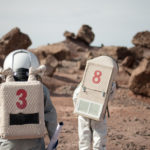



You must be logged in to post a comment.